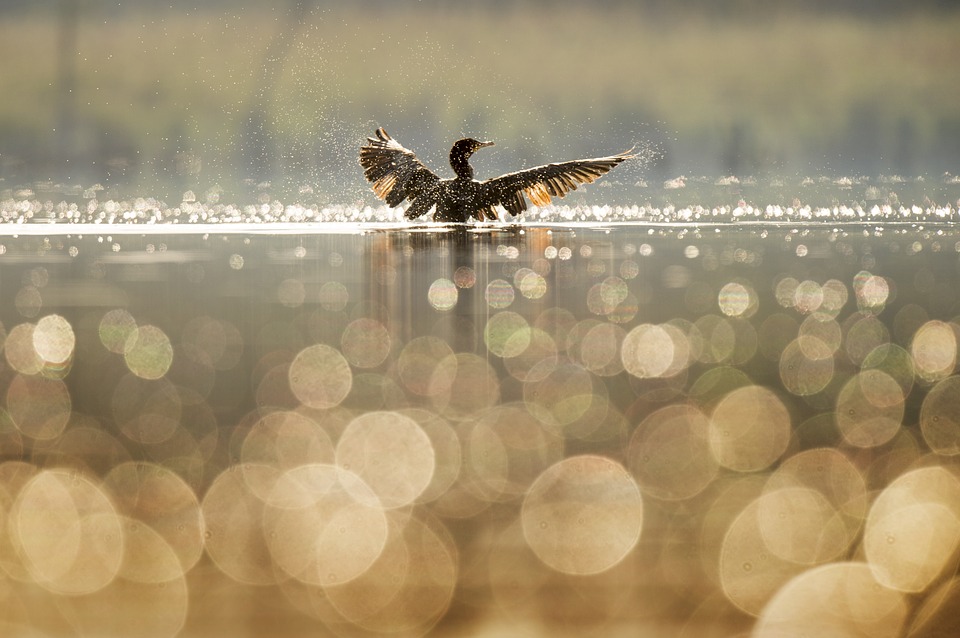
Photo by: Pexels
Bokeh! You’ve no doubt heard the word before and maybe even seen some lurking in the background in some of your images.
But bokeh –those out-of-focus spheres of light that appear in the background or in some cases –the foreground of your images doesn’t have to be left to chance! There are plenty of ways that you can incorporate bokeh into your images –intentionally, using it to enhance your photos –and add some flair to your shots.
With this in mind, let’s take a look at a few tips for generating bokeh in your images –and see how you can incorporate this beautiful, hazy feature into your compositions!
Creating Bokeh
Bokeh, essentially, is the light that’s found in the background (or foreground) of your image. It’s the light that your camera renders as a soft, out-of-focus blur.
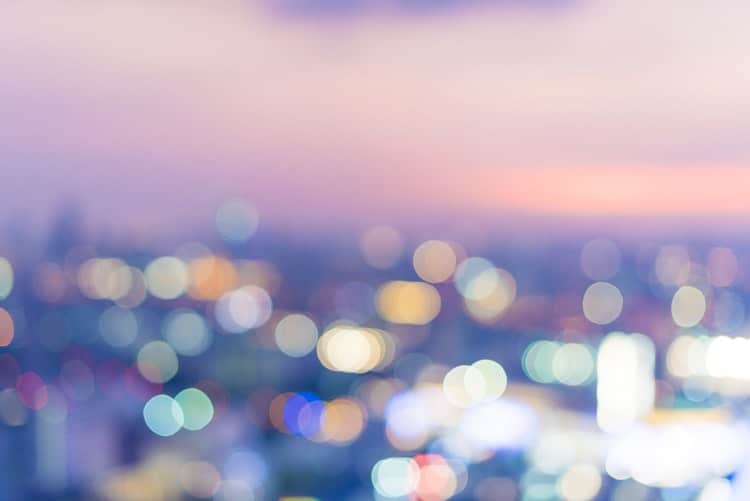
Photo by: Raw Pixel
Bokeh comes in all shapes and sizes –colors, and even levels of blur! Generally speaking, though, the best bokeh –the type that most photographers seek to create in their images, is softer –rather than harsher. Softer bokeh tends to look far more appealing in the background, and is usually more welcome than stronger, harsher spheres. Of course, this all depends on the effect that you’re going for, and what you’re hoping to capture.
Now, moving onto the main question –how do you incorporate bokeh into your images? While it certainly is possible to accidentally capture bokeh, knowing how to generate bokeh means you can incorporate it into your photographs whenever you see an opportunity!
Here’s a look at some tips for creating beautiful bokeh now!
Choose a Focal Point
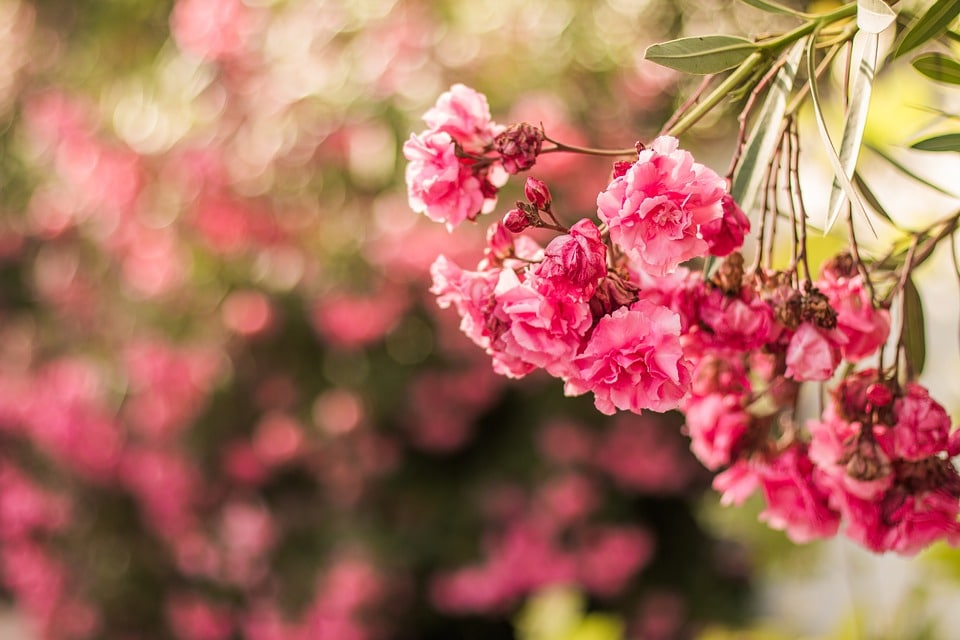
Photo by: Canon EOS 70d
In most cases, you won’t want to feature bokeh as the main point of interest in your image, but instead will want to work it into your composition as a background –or foreground element. This means that in most cases, the standard principles of good composition will still apply –so look to create an image with a strong focal point, and then work to incorporate bokeh as a supporting element. Of course, there are exceptions to this. In some artistic shots, you could create images that have a fun, slightly abstract almost painterly look by allowing bokeh to take center stage and featuring it as the main point of interest in your images! Generally, though, you’ll want to treat it as a supporting element.
Look for Light Sources
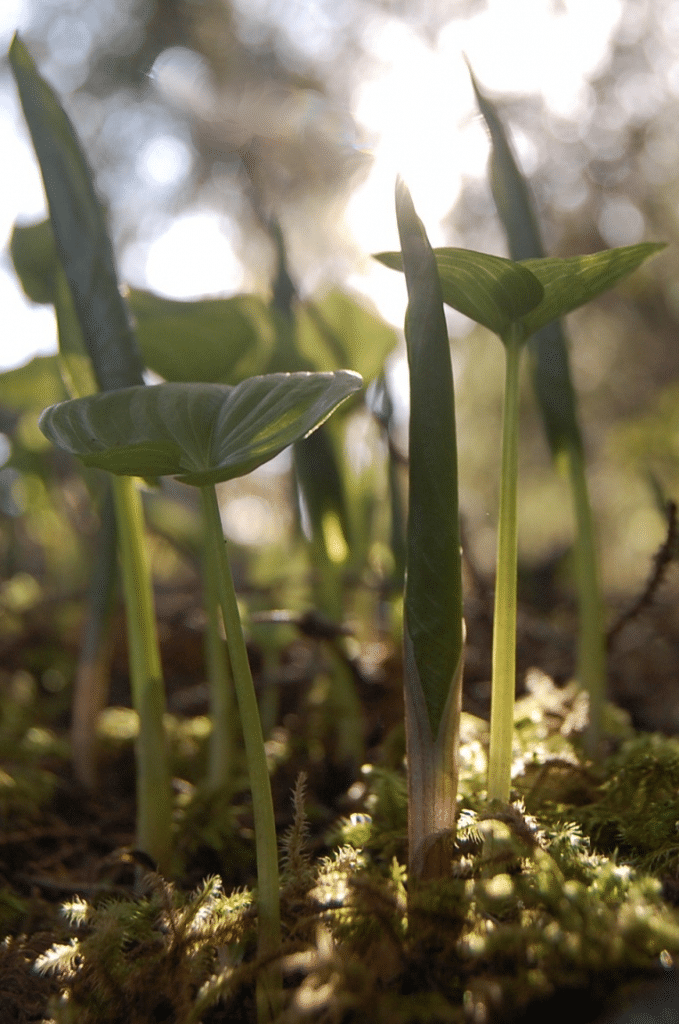
Photo by: Christina Harman
Next, in order to capture bokeh, you’ll need a light source in the background –or at least, something that’s reflecting light.
Keep in mind that your best bet is looking for smaller light sources. So shooting directly at the midday sun will not give you bokeh, but filtering the sun through the tree leaves, could. Keep in mind too, that you can generate bokeh from many different light sources; Christmas lights, street lights, and car lights are all popular choices. Even glistening water droplets, when reflecting the warm light from the sun can result in some amazing bokeh.
Consider Your Lens
While you don’t necessarily need a specific lens to capture bokeh, certain lenses are far more likely to render light as bokeh than others. While most of us don’t have the luxury of rushing out and buying a new lens just for its bokeh-producing effects, if you’re serious about capturing bokeh –or in the market for a new lens, and looking for one that’ll make capturing bokeh easier, you may want to consider investing in one. What you’ll want to look for is a lens that has a very wide maximum aperture –like f/1.2 or f/1.4. Prime lenses are an especially great option –since they’re fast, typically have a wide maximum aperture –and are usually more affordable.
Adjust Your Aperture
In most cases, you’ll want to set your camera to Aperture Priority mode to make it easy to adjust your aperture to get the results you’re after. By adjusting your lens’ aperture so it’s as wide as possible, you’ll end up with a very shallow depth of field, which will draw your subject into focus, while gently blurring out the background (or foreground). The wider the aperture is, the more background blur will appear, increasing your chance of capturing beautiful background bokeh.
Leave Some Space
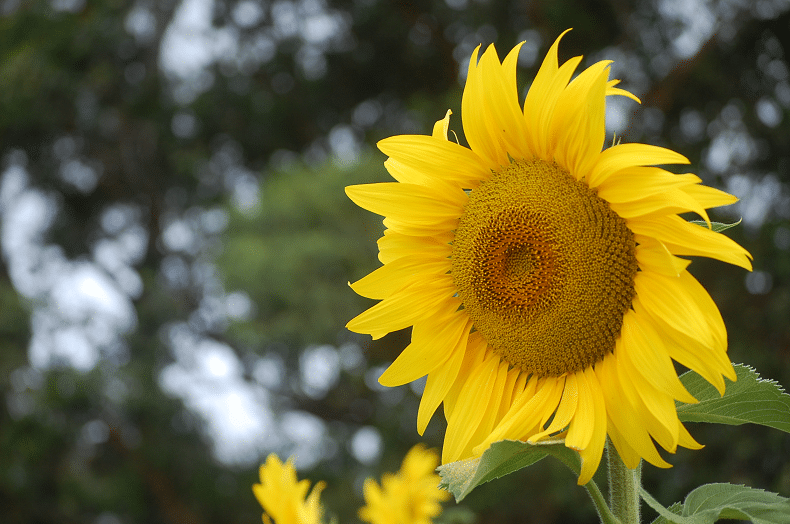
Photo by: Christina Harman
To maximize the bokeh in your images, be sure to place enough distance between your subject and the background –and the light source you are using for bokeh. Generally speaking, it’s important to position your subject so there’s plenty of space behind them for the camera to render the light as out-of-focus spheres.
Include Foreground Bokeh
While bokeh generally features in the background, you can look to create foreground bokeh as well! Foreground and background bokeh work in a similar way, in that –if you focus on the subject, and use a wide aperture to pull the background or foreground out of focus, the resulting out-of-focus areas of light could be rendered as bokeh. For foreground, look to include elements that are reflecting light. Translucent flowers or stalks of grass or light filtering through some fallen leaves can all present great opportunities for foreground bokeh.
While incorporating bokeh into your images can be a bit of a challenge at first, with a bit of practice, spotting opportunities becomes far easier. With the right approach, you’ll soon become adept at creating bokeh-ful images –ones with unmistakable style and flair!
Do YOU enjoy capturing bokeh?


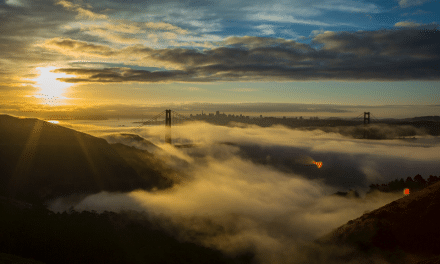
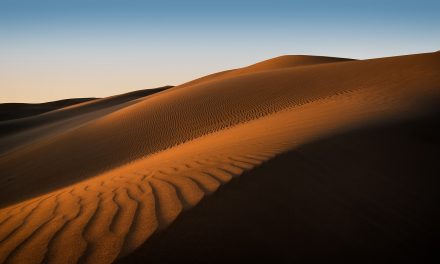







Thanks for the tips. Some great ideas!